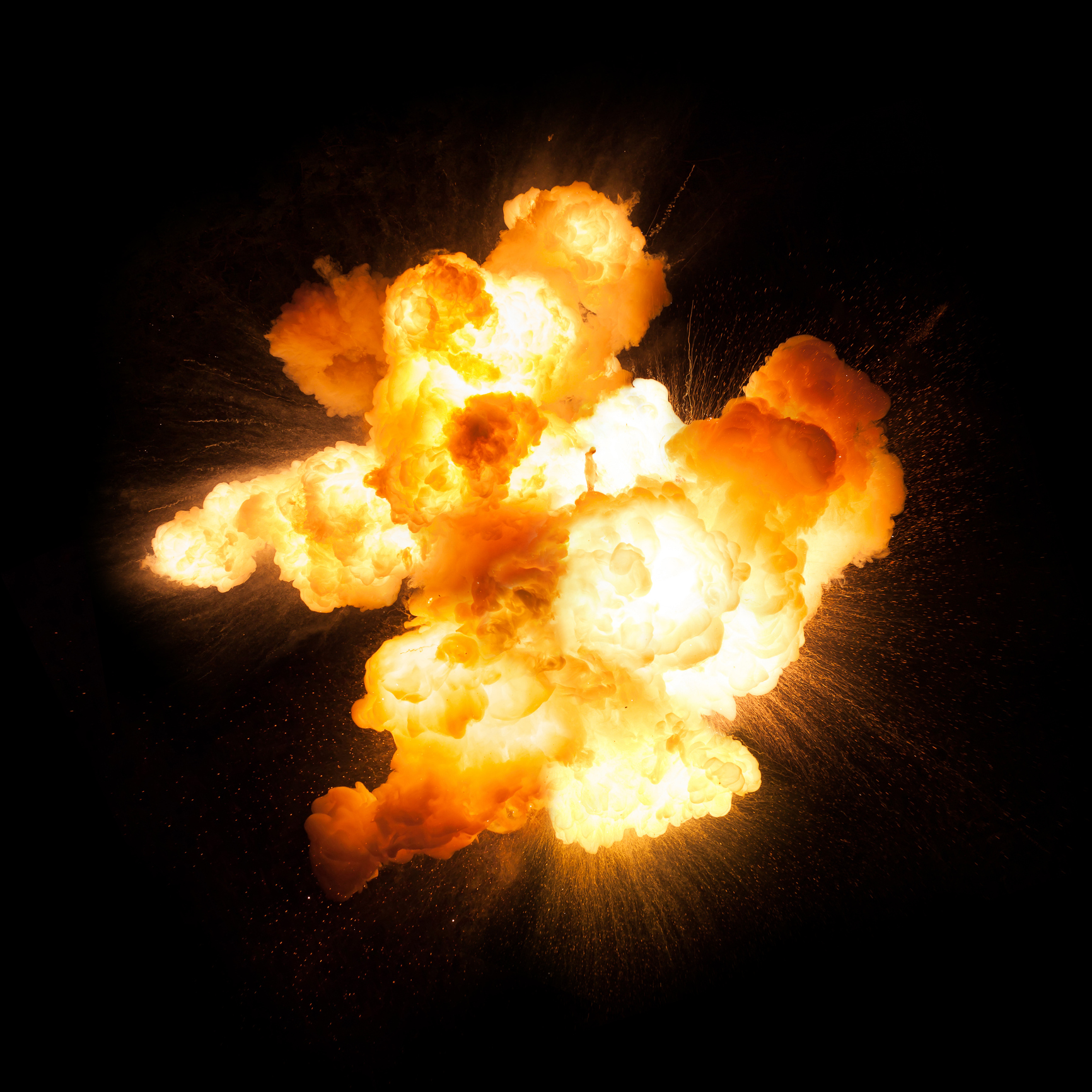Rendering Non-Energetic Microporous Coordination Polymers Explosive
TECHNOLOGY NUMBER: 7091

OVERVIEW
Microporous coordination polymers suitable for use as primary explosives- High performance due to molecular scale mixing and optimal oxygen balance
- Useful as a primary explosive in blasting caps for mining and military applications
BACKGROUND
Explosives, and related energetic materials such as propellants and pyrotechnics, have a large amount of stored chemical energy that can be released with a suitable initiation event. This rapid release is facilitated by the proximity of fuel and oxidizer within the molecule. However, the majority of compounds used as explosives are under-oxidized, which decreases their performance. Explosives that are under-oxidized include nitroglycerin, which contains carbon, hydrogen, nitrogen, and oxygen, with the carbon and hydrogen being relatively under-oxidized compared to its oxidized counterparts. These under-oxidized explosives can indeed have some drawbacks in terms of stability and performance compared to fully oxidized explosives. While lead azide has been the most widely used primary explosive, replacements are needed because of its environmental toxicity and impending regulatory changes to ban the material.
INNOVATION
Researchers at the University of Michigan have completed investigations of microporous coordination polymers that show great promise for creating intimately mixed materials with optimized oxygen balances through rationale design. These materials are suitable for use as high performance primary explosives, which are utilized in small amounts to trigger larger explosives. By starting with fuel-rich microporous coordination polymers and controllably introducing an appropriate amount of oxygen-rich guest molecules that adsorb to the nanostructured porous scaffold, the researchers have developed highly energetic materials with an optimized oxygen balance. The intimate and balanced mixing with the oxidant results in a hybrid material from two much less energetic materials that releases significantly more energy as measured by differential scanning calorimetry. This technology is well-suited for use as a primary explosive in blasting caps for mining and military applications.